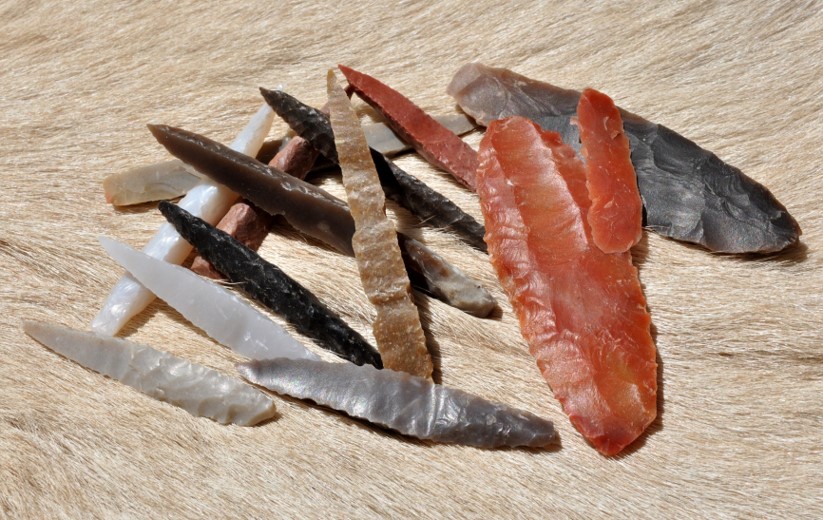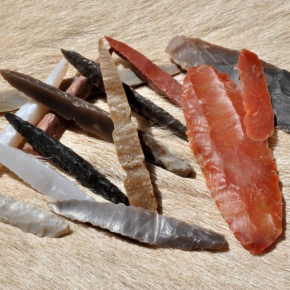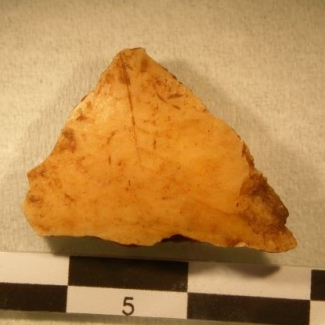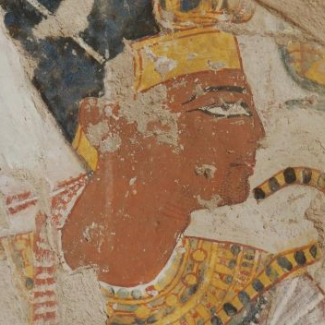
Native American stone tool technology found in Arabia
Stone fluted points dating back some 8,000 to 7,000 years ago, were discovered on archaeological sites in Manayzah, Yemen and Ad-Dahariz, Oman. Spearheads and arrowheads were found among these distinctive and technologically advanced projectile points. Until now, the prehistoric technique of fluting had been uncovered only on 13,000 to 10,000-year-old Native American sites. According to a study led by an international team of archaeologists from the CNRS1 , Inrap, Ohio State University and the Max Planck Institute for the Science of Human History, the difference in age and geographic location implies there is no connection between the populations who made them. This is therefore an example of cultural convergence for an invention which required highly-skilled expertise. And yet, despite similar fluting techniques, the final aim appears to be different. Whereas in the Americas the points were used to facilitate hafting, or attaching the point to a shaft, fluting in Arabia was possibly a mere display of knapping skills.

- 1Researchers based in France are affiliated with the Centre français de recherche de la péninsule arabique (CNRS / Ministry for Europe and Foreign Affairs; formerly CEFAS), the laboratoire Archéorient de la Maison de l'Orient et de la Méditerranée (CNRS / Université Lumière Lyon 2 / AMU / ENS Lyon / Université Claude Bernard Lyon 1 / Université Jean Moulin / Université Jean Monnet) and the laboratoire Archéologies et sciences de l'antiquité (CNRS / Université Panthéon-Sorbonne / Université Paris Nanterre / Ministère de la culture).
Fluted-point technology in Neolithic Arabia: An independent invention far from the Americas, Rémy Crassard, Vincent Charpentier, Joy McCorriston, Jérémie Vosges, Sofiane Bouzid, Michael Petraglia, PLOS ONE, 5 august 2020.


